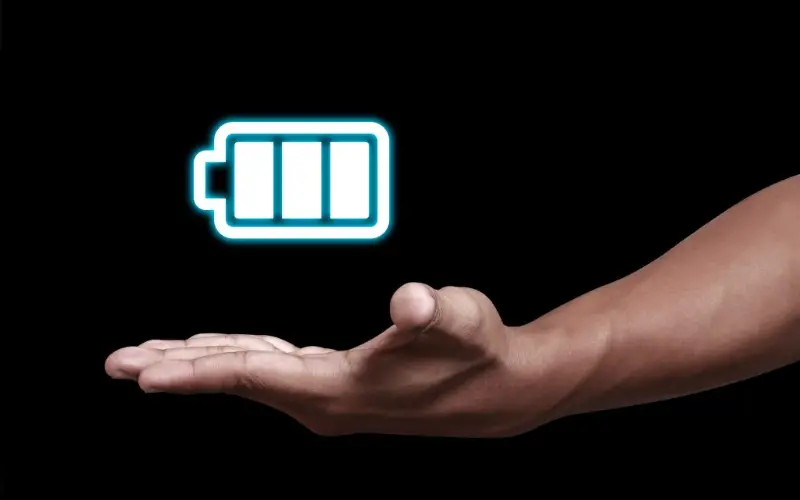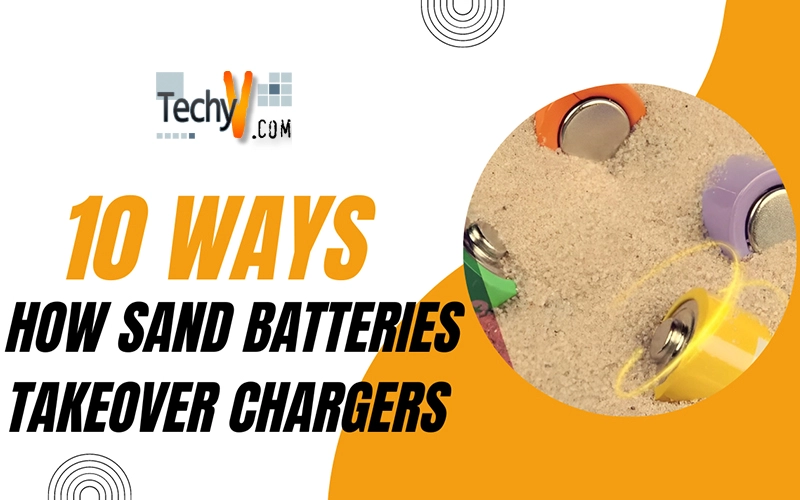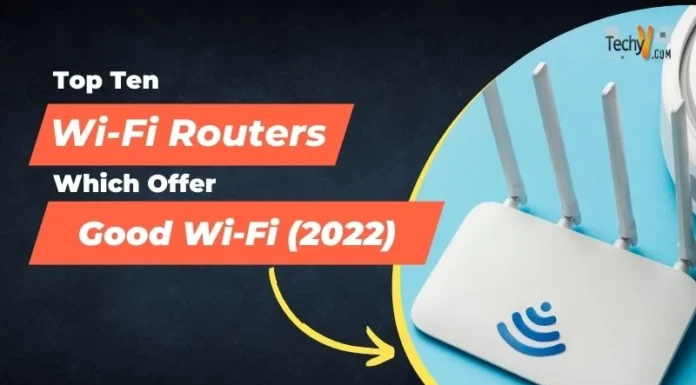Sand batteries are a new type of battery that uses sand as one of its key components. They work by converting the chemical energy stored in the sand into electrical energy, much like traditional batteries. However, unlike traditional batteries, sand batteries have the potential to be much cheaper, longer-lasting, and more environmentally friendly. One of the most exciting applications of sand batteries is their potential to replace traditional chargers. With their ability to store energy for long periods and release it quickly, sand batteries could revolutionize the way we power our devices. Imagine never having to worry about finding an outlet or carrying around a bulky charger again.
1. Longer Lifespan
Sand batteries have the potential to revolutionize the way we store and use energy, with one of the key advantages being their longer lifespan. Unlike traditional batteries, which have a limited number of charge cycles before they degrade, sand batteries can last for years without losing their capacity. This longer lifespan makes sand batteries an attractive option for a wide range of applications, including electric vehicles, renewable energy storage, and portable electronics. Furthermore, sand batteries are also more resistant to extreme temperatures and have a lower risk of overheating or catching fire, making them safer to use. Overall, the longer lifespan of sand batteries gives them a clear advantage over traditional chargers and batteries, making them a promising technology for the future.

2. Faster Charging
Sand batteries have the potential to take over chargers by providing a faster charging solution for our devices. They are capable of storing and releasing energy quickly, making them an ideal power source for electric vehicles and portable electronics. As technology continues to improve, sand batteries may become the preferred choice for consumers who value convenience, speed, and efficiency. Furthermore, sand batteries are also environmentally friendly, as they do not contain any toxic or hazardous materials, unlike traditional lithium-ion batteries. This makes them a more sustainable option for powering our devices and reducing our carbon footprint.

3. More Environmentally Friendly
Sand batteries are a promising new technology that could potentially revolutionize the way we store and use energy. Unlike traditional batteries that rely on toxic and expensive materials, sand batteries use silicon, one of the most abundant elements on earth. This makes them not only more environmentally friendly but also cheaper to produce. Moreover, sand batteries have a longer lifespan and can store more energy than conventional batteries, making them a viable alternative to chargers. As the demand for renewable energy grows, sand batteries could become a key player in the transition to a more sustainable future.
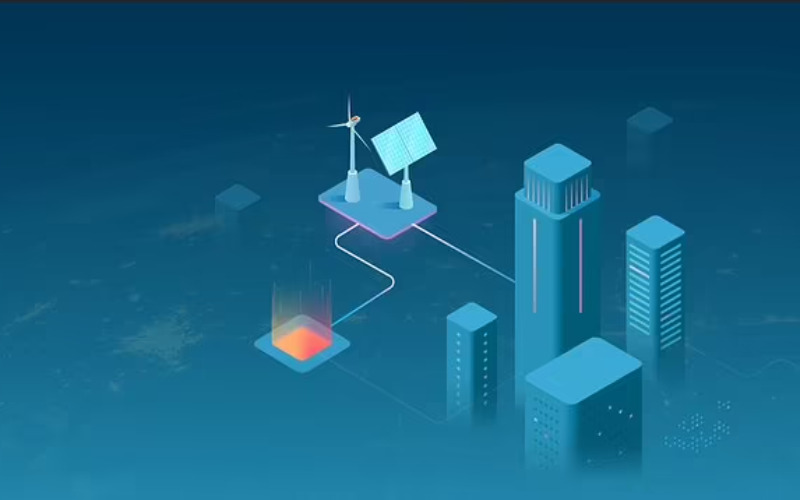
4. Cost Effective
Sand batteries have the potential to revolutionize the way we store and use energy. They are made from abundant materials like sand, salt, and magnesium, making them much more cost effective than traditional batteries. Unlike chargers, which rely on a constant supply of electricity to function, sand batteries can store energy for long periods without losing their charge, making them a reliable and sustainable alternative. As technology continues to improve, sand batteries could become a popular choice for powering everything from homes to cars.

5. Efficient Energy Storage
Compared to chargers, sand batteries offer a more efficient use of energy due to their higher energy density and faster charging and discharging capabilities. This means that devices powered by sand batteries can potentially last longer on a single charge and be charged more quickly, reducing the need for frequent charging and energy consumption. Additionally, sand batteries have a longer lifespan, meaning they need to be replaced less often, further reducing energy consumption and waste.

6. Lightweight
Sand batteries are a promising new technology that could eventually replace traditional lithium-ion batteries. Made from silicon, sand batteries offer several advantages, including higher energy density, a longer lifespan, and lower production costs. Additionally, they can be charged and discharged faster than lithium-ion batteries, making them a strong contender for powering everything from smartphones to electric vehicles.

7. Portable
Portable sand batteries have the potential to outperform traditional chargers due to their higher energy density and faster charging and discharging capabilities. Since sand batteries are made from abundant materials like silicon, they are also more sustainable and cost-effective than lithium-ion batteries. With these advantages, portable sand batteries could become the go-to power source for portable electronics, including smartphones, laptops, and tablets.
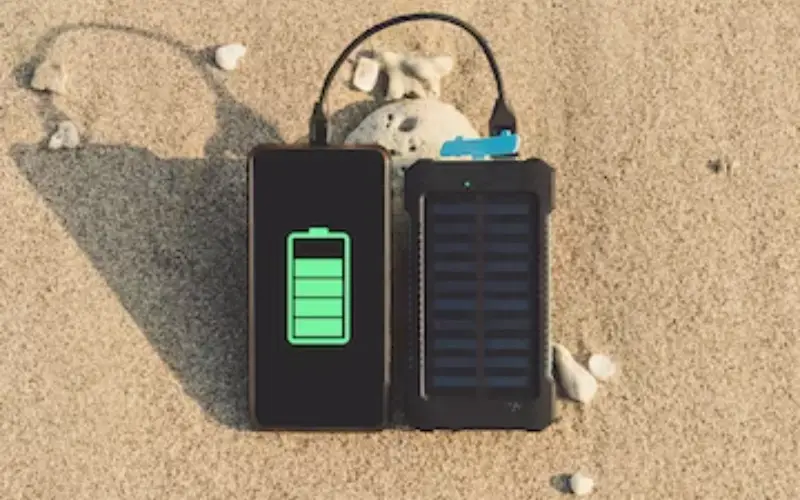
8. Safer
Sand batteries are considered to be safer than traditional chargers in several ways. Firstly, they do not contain flammable electrolytes or other hazardous chemicals, which reduces the risk of explosions or fires. Secondly, sand batteries do not suffer from thermal runaway, a phenomenon that can occur in lithium-ion batteries and cause them to overheat and catch fire. Finally, the use of silicon in sand batteries results in a more stable and durable electrode material, which further enhances their safety profile.
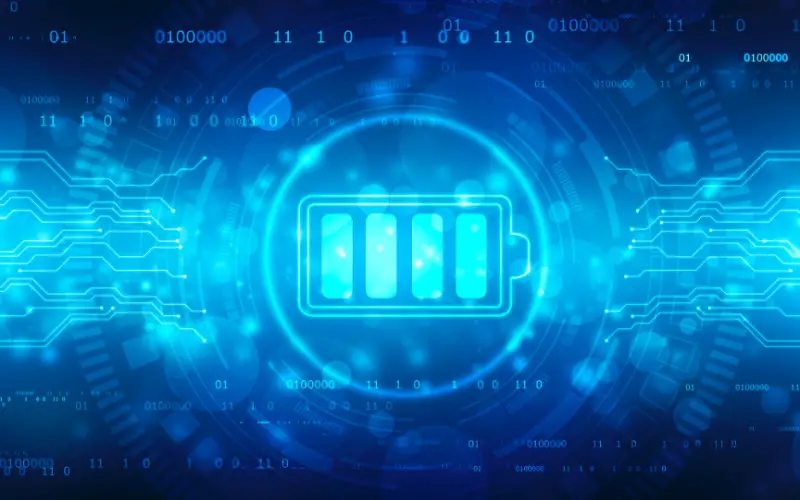
9. Stable
Sand batteries are considered more stable than traditional lithium-ion batteries, which can be prone to overheating and catching fire. This is because sand batteries are made from silicon, which is a more stable and abundant material than lithium. Additionally, sand batteries have a longer lifespan and can be charged and discharged more times without degradation, making them a more reliable and durable energy storage solution. Overall, sand batteries offer a promising alternative to traditional battery technologies and could potentially replace chargers as the primary means of powering our devices and vehicles.
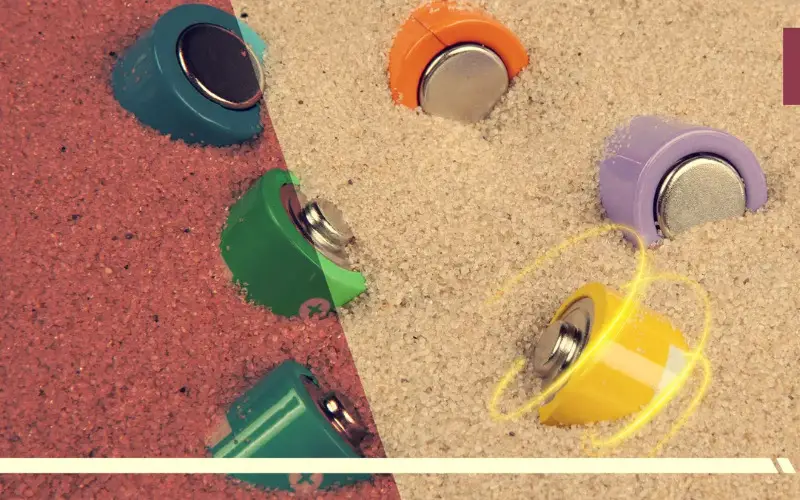
10. Scalable
Scalability is a major advantage of sand batteries over chargers. Sand batteries can be easily scaled up or down depending on the power requirements of the application, making them suitable for a wide range of uses. In contrast, chargers are limited by the power output of the electrical outlet they are connected to and may require multiple units to meet higher power demands. This makes sand batteries a more flexible and efficient solution for powering everything from small electronic devices to large-scale renewable energy systems.
